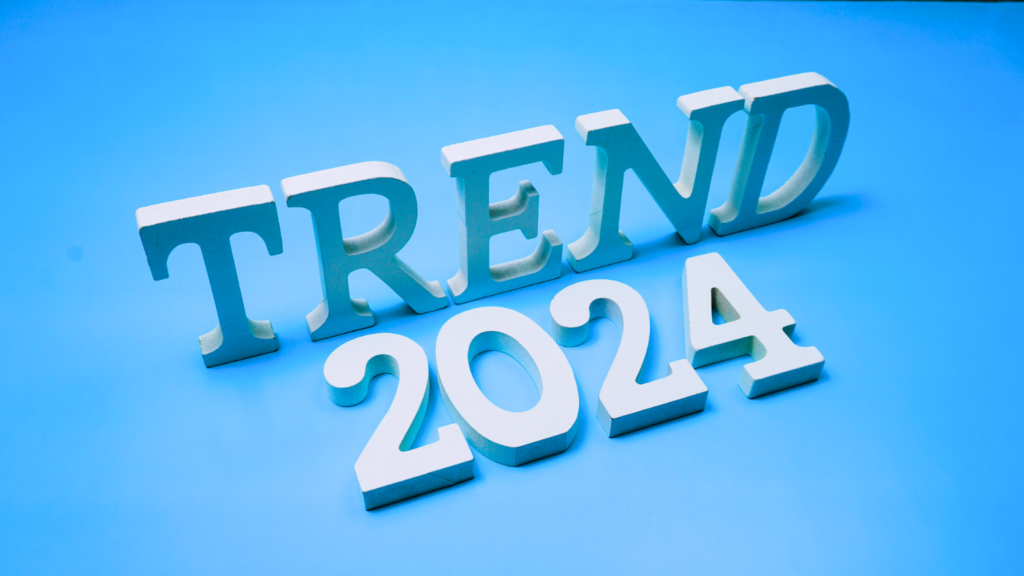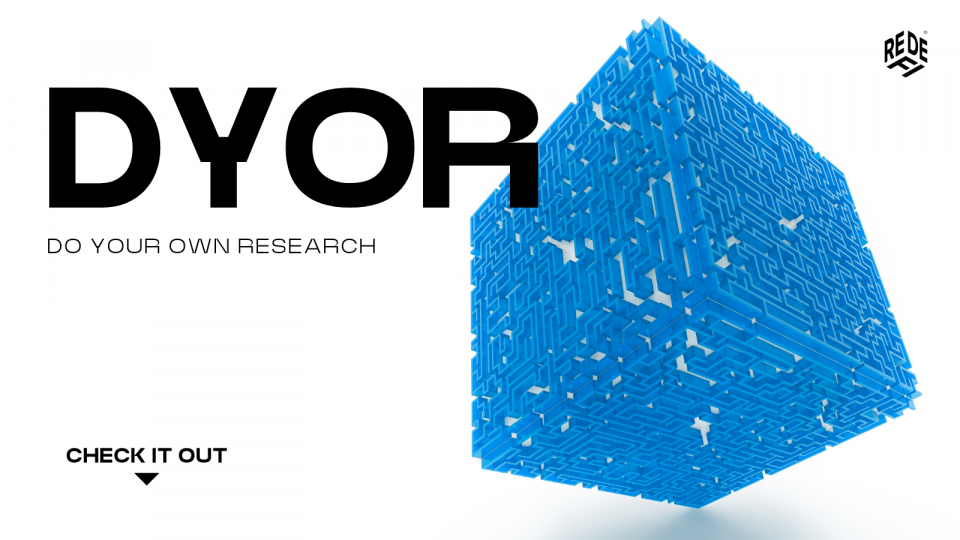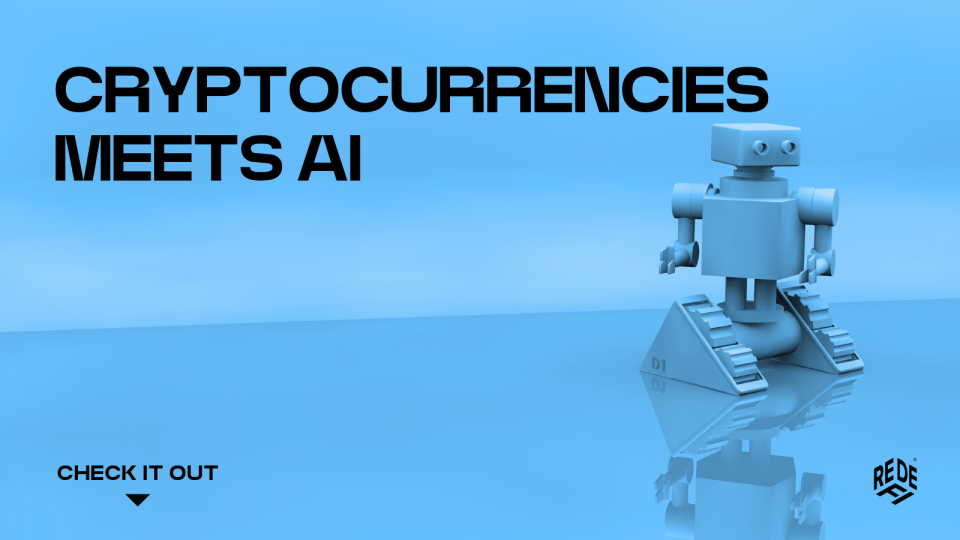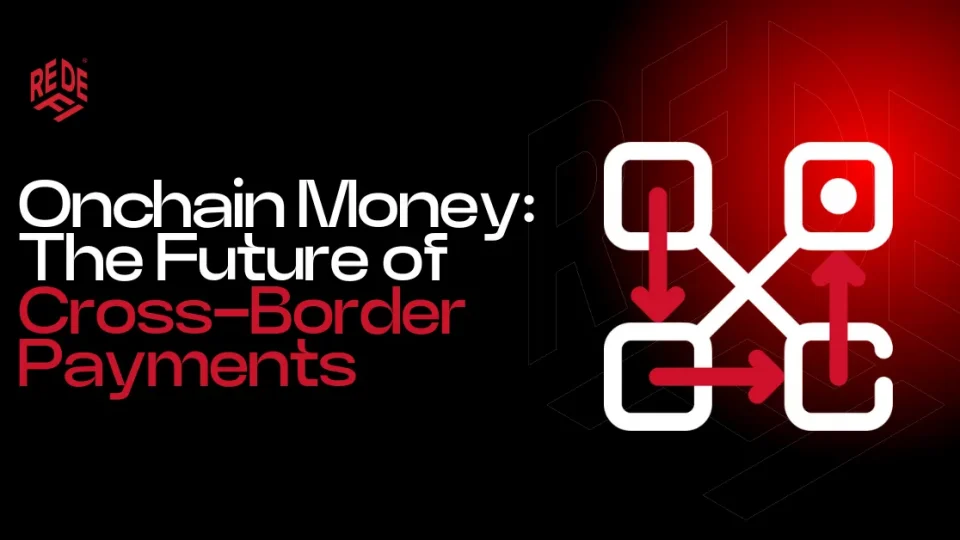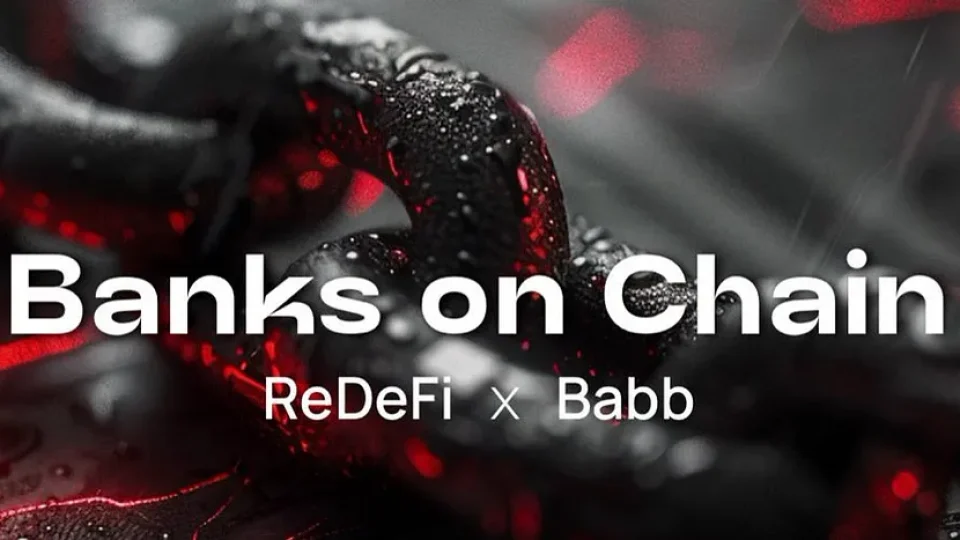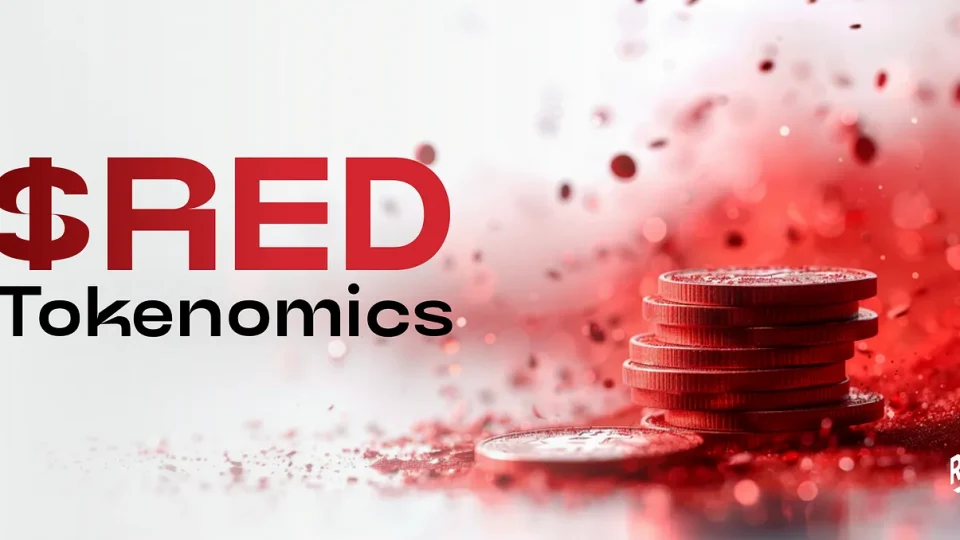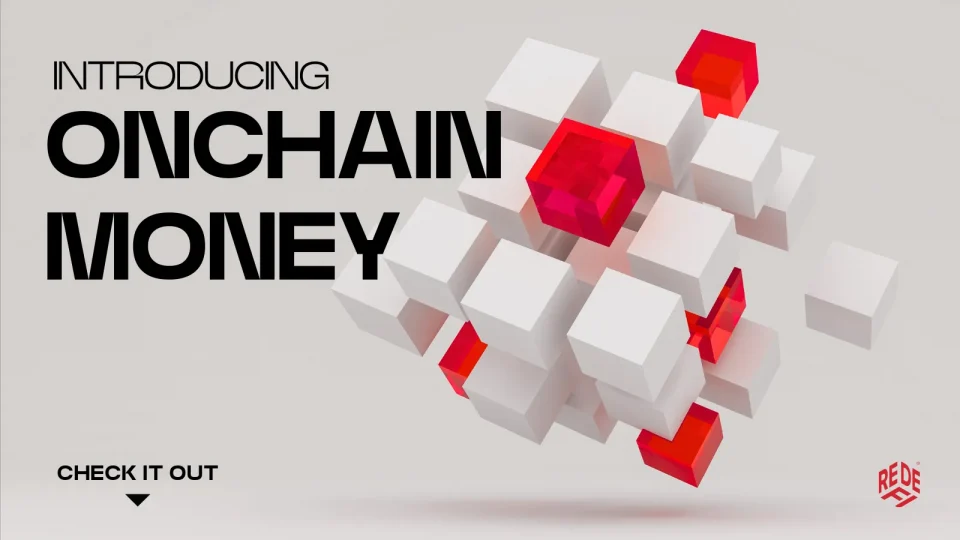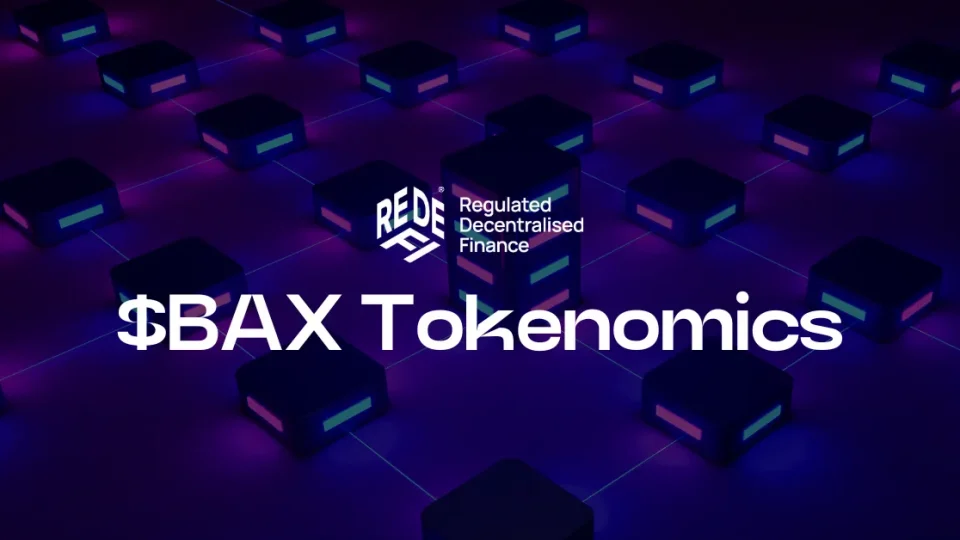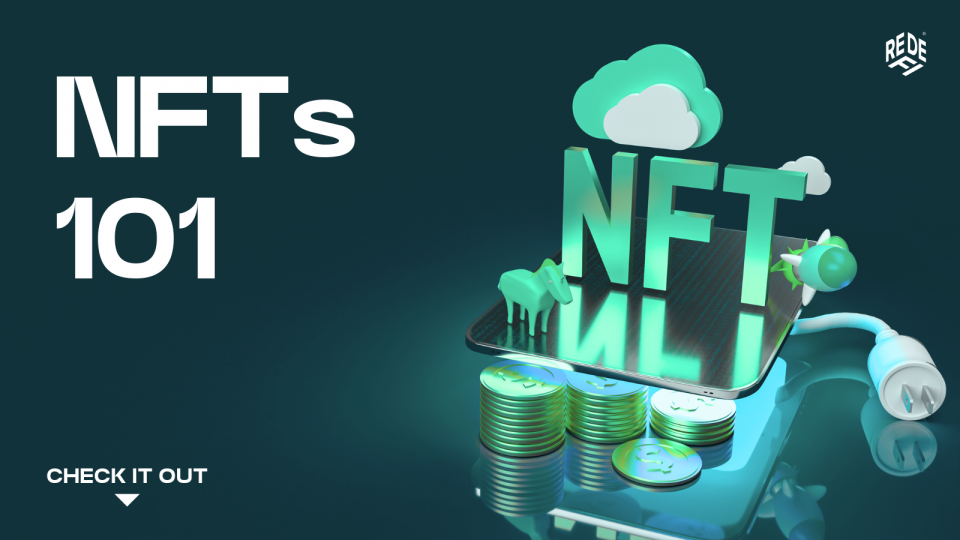As we step into 2024, the cryptocurrency industry is buzzing with potential. The past year has witnessed remarkable developments, from record-breaking digital art sales to the rise of blockchain in gaming, signalling a broader acceptance of Web3 technologies. Despite a bearish phase, the industry’s resilience and an over $1.7 trillion market cap, underscore its lasting impact.
The groundwork laid during quieter times is setting the stage for significant advancements and institutional adoption in the coming year. With so many narratives and trends, let’s explore the ‘Top 9 Trends’ we believe are worth keeping an eye on, offering a glimpse into a market where innovation meets practicality.
#1 BTC Halving
Understanding the Mechanics
Bitcoin halving happens roughly every four years, and it’s a process hard-coded into the very fabric of Bitcoin. It’s designed to reduce the reward for mining new Bitcoin blocks by half. This programmed scarcity is a core feature that differentiates Bitcoin from traditional fiat currencies, where inflation is a common concern.
In the upcoming 2024 halving in April 2024, the reward for mining a new block will drop from 6.25 to 3.125 bitcoins. This halving process directly affects the influx of new bitcoins into the market, making the asset scarcer with each halving event.
The blue lines are the dates of BTC halving.
The Ripple Effect on the Market
The halving process is more than just a reduction in rewards; it has historically been a game-changer in the crypto market. By slashing the reward, the profitability of mining decreases. This reduction could lead to a decrease in mining activity, which in turn could impact the network’s security and the speed of transaction processing.
However, the scarcity creates a bullish sentiment in the market. As the supply of new bitcoins slows down, and assuming the demand remains constant or increases, the price of Bitcoin is often pushed higher. This potential for a price increase sparks widespread interest and speculation among investors, traders, and even the general public.
#2 Interoperability – Bridging the Gaps
Overview
The concept of blockchain interoperability was always something important. This trend revolves around the need for different blockchain networks to communicate and interact seamlessly. It’s about breaking the barriers that currently exist in the blockchain industry. Terms like multisig wallets, multichain, parachain, bridges, oracles, and state connectors are at the forefront of this revolution. They all share a common goal: to enable the free flow of data across various blockchain platforms.
The Drive for Unified Solutions
The year 2024 is set to witness the integration of some of the most advanced blockchain technologies. The focus is on developing distributed ledger technologies that allow for the effortless transfer of data not only between blockchains but also from external sources. This integration is vital for realising the full potential of blockchain technology, especially in areas like machine learning and DeFi, which rely heavily on real-world assets to be successful.
#3 Global Crypto Regulations
The Growing Focus on Cryptocurrency Regulation
As we look towards 2024, one of the most significant trends shaping the cryptocurrency landscape is the increasing attention of governments worldwide on regulation. This shift towards regulation stems from a need to address various concerns, including consumer protection, financial stability, and the prevention of illicit activities. The global approach to cryptocurrency regulation is rapidly evolving, marking a pivotal moment in the journey towards mainstream acceptance and institutionalization of digital currencies.
Diverse Regulatory Approaches
The spectrum of regulatory measures being adopted is diverse, reflecting the varying priorities and challenges faced by different countries.
- Protective Measures: To safeguard consumers, several countries have introduced regulations aimed at preventing fraud, scams, and market manipulation. These measures are crucial in building trust and ensuring a safe environment for users to engage with cryptocurrencies.
- AML and KYC Compliance: Anti-Money Laundering (AML) and Know Your Customer (KYC) regulations are becoming increasingly prevalent. These regulations are designed to curb the use of cryptocurrencies in money laundering and other illicit activities, thereby enhancing the security and integrity of the industry.
- Taxation Frameworks: Governments are also actively working on new policies for taxing cryptocurrency transactions and gains. This move towards taxation is indicative of the growing recognition of cryptocurrencies as a legitimate and significant part of the financial landscape.
The Impact of Regulations on the Crypto Market
The development of clear and consistent regulatory frameworks is essential for the long-term stability and adoption of cryptocurrencies. While some regulations may initially be perceived as restrictive, they are pivotal in lending legitimacy. A regulated environment can foster a more secure and stable platform for investors and users, mitigating risks and providing clarity in a previously uncharted domain.
#4 Crypto ETFs
What are ETFs?
An exchange-traded fund (ETF) is a basket of securities you buy or sell through a brokerage firm on a stock exchange. The filing for a spot Bitcoin ETF in the U.S. by BlackRock in June 2023 set a precedent, and several other cryptocurrencies have since followed suit.
Advantages
A Bitcoin ETF would offer a regulated and user-friendly way for US investors to gain exposure in the cryptocurrency market. One of the primary advantages is that they eliminate the need for investors to manage the assets directly. This approach simplifies the investment process, making it more accessible, especially for those who may not have the expertise or desire to engage directly with the complexities of cryptocurrency trading and blockchain technology.
The Path to Approval and Market Impact
As of December 2023, there’s significant anticipation around the approval of the first Bitcoin ETF in the US, expected in early 2024. This approval will open new avenues for both institutional and retail investors to participate in the market. The introduction of ETFs is not just about providing an additional investment vehicle; it’s about ushering in a new era of increased accessibility and legitimacy.
#5 Sustainability and Regenerative Finance (ReFi)
Embracing ReFI
The spotlight is increasing on sustainability, specifically through the lens of Regenerative Finance (ReFi). This emergent trend focuses on leveraging blockchain technology for ecological and social good. In the last two years, projects like Energy Web, Celo, and Regen Network have been instrumental in demonstrating the real-world utility of cryptocurrencies in funding sustainable infrastructure. This movement is gaining momentum, especially with new regulatory frameworks like the EU’s “Corporate Social Responsibility” directive, which mandates companies to substantiate their green credentials.
Blockchain’s Role in Sustainable Initiatives
How blockchain is being utilised to forge a sustainable future? Platforms like Demia and Biotoken exemplify the practical application of blockchain technology in creating transparent, traceable, and reliable systems for sustainable development. Blockchain transcends traditional auditing methods, offering an unprecedented level of transparency and accountability.
Combating Greenwashing
A significant challenge has been the prevalence of greenwashing – superficial or deceptive claims about environmental practices. Blockchain technology is crucial in eliminating greenwashing. By providing irrefutable on-chain data, blockchain enables the verification of environmental claims, ensuring that sustainability efforts are authentic and impactful.
Blockchain’s Demand for Authenticity
The application of blockchain in sustainability goes beyond mere data tracking. It demands accountability and authenticity in the global fight against climate change and in promoting social justice. Projects and businesses will set a new standard of transparency and responsibility in environmental and social efforts, so definitely worth keeping an eye on.
#6 AI Trading
AI’s Growing Influence
The integration of AI into our lives is evident. But when it comes to crypto trading, it emerges as a transformative trend. AI’s foray into the crypto markets is not just about enhancing efficiency; it’s about reshaping our interaction with digital assets and the broader digital economy.
Pioneering Projects
Projects like Ocean Protocol and Cosmos are leading the charge in exploring the synergies between AI and blockchain technology and how it can revolutionise trading strategies and augment experiences within the metaverse. Similarly, initiatives like Fetch.ai and The Graph are also pioneers, seamlessly blending AI with cryptocurrency to unlock new use cases across various sectors. These projects exemplify the potential of this symbiosis in driving innovation and redefining the boundaries of what’s possible.
The Role of Machine Learning and Blockchain
Large language models (LLMs) like ChatGPT, were the revolution but that was just the beginning. These models require vast amounts of data for training, presenting both opportunities and challenges. The emergence of blockchain technologies like Flare, which are purpose-built to support data-intensive applications while retaining openness and decentralisation, is crucial. These platforms are envisioned to provide a necessary counterbalance to the centralised nature of traditional machine learning.
Addressing Centralisation and Ethical Considerations
The integration of AI in crypto trading is not without its ethical implications and concerns about centralisation. Significant technologies in AI are often controlled by a limited number of entities, raising questions about access, control, and ethical usage. The need for a population-level consensus on these issues is becoming increasingly evident. Blockchain’s inherent decentralisation and community-driven approach may offer a promising solution to these challenges, ensuring that the benefits of AI and machine learning are accessible and ethically aligned with the needs of a diverse user base.
#7 The GameFi Narrative
The Shift in DeFi Gaming Strategies
GameFi is undergoing a significant transformation. Developers are employing innovative strategies to attract a broader audience, focusing on gamification and user-centric experiences. This approach is aimed at making blockchain technology more accessible, especially to newcomers unfamiliar with the crypto industry.
Diverse Incentive Models in GameFi
The incentive models within GameFi have seen considerable evolution, reflecting the changing dynamics of the market.
- Play-to-Earn (P2E): Initially the go-to model, P2E focuses on earning in-game cryptos and NFTs, which can be sold for fiat money. However, this model often falls short of offering engaging gameplay, leading to sustainability concerns.
- Play-and-Earn (P&E): This model enhances gameplay quality and fosters community building. It balances financial incentives with non-financial rewards for long-term engagement. An example is Alien Worlds, known for its planetary DAOs and voting systems.
- Play-to-Own (P2O): P2O shifts the emphasis from in-game tokens to NFTs as the primary reward. Games like Upland exemplify this model, where players earn valuable property NFTs.
- Free-to-Own (F2O): F2O aims to drive mass adoption by removing initial financial barriers. This model is exemplified by games like Limit Break, which offer free NFTs and profit from trading royalties.
The Importance of Reward Systems
The way games reward players is becoming a critical factor in GameFi adoption. Token distribution must align with the desire for fun and engagement, not just investment. This balance is key to attracting both traditional and blockchain gamers.
Challenges and Optimism
Despite facing challenges and growing pains, the GameFi sector continues to show promise. As developers strive to strike a balance between enjoyable gameplay, sustainable funding, and functional tokenomics, the industry is poised to mature and evolve from past experiences. The focus on enhancing user experience, appealing to traditional gamers, and refining tokenomics is set to drive significant changes in blockchain gaming.
#8 Layer-2 Smart Contracts
The Surge of Layer 2 Scaling Solutions
In the dynamic world of blockchain technology, 2024 marks a significant year with the rise of Layer 2 scaling solutions. These solutions, functioning as overlays on existing blockchain infrastructures like Ethereum, are becoming increasingly popular. They offer a promising avenue to address some of the long-standing challenges faced by the industry, including zero-knowledge and optimistic rollups.
Most popular layer-2 solutions
Key Benefits of Layer 2 Smart Contracts
Layer 2 smart contracts bring several advantages to the table, each contributing to a more efficient and user-friendly blockchain experience.
- Scalability: One of the primary benefits of Layer 2 solutions is the enhancement of scalability. They enable the faster and more efficient processing of smart contracts, effectively tackling issues of congestion and high transaction fees on the base blockchain.
- Reduced Transaction Fees: By transferring transactions away from the main chain, Layer 2 solutions significantly cut down the cost for users. This reduction in transaction fees is a crucial step towards making blockchain technology more accessible and practical for everyday use.
- Interoperability: Some Layer 2 solutions are also focusing on interoperability, striving to create seamless connections between different blockchain networks. This feature facilitates smoother communication and asset transfers across various platforms, further broadening the scope and utility of blockchain technology.
Looking Ahead
Layer-2 solutions are trying to balance the blockchain trilemma – scalability, decentralisation, and security; these solutions pave the way for more sustainable and user-friendly blockchain applications.
As layer-2 solutions mature, we’ll see even more innovative uses of smart contracts in 2024. Streamlined supply chains, more secure digital identities, off-scale solutions and a host of other dApps, are currently beyond our reach. For mass adoption to be a reality, blockchains need to be scalable, secure and decentralised.
#9 Real-World Asset Tokenization
The Concept
The tokenization of real-world assets or for short, RWAs, stands out as a groundbreaking development. This concept involves creating digital tokens on the blockchain that represent ownership or shares in tangible assets like art, real estate, precious metals, and more. Imagine being able to own a fraction of a valuable artwork or a piece of prime real estate, much like purchasing shares in a publicly traded company. This narrative is rapidly gaining traction, offering a new dimension to investing in traditional assets.
The Mechanics of Tokenization
Tokenization works by linking a virtual investment vehicle on the blockchain to real-world assets. It digitises ownership rights, transforming them from physical documents into blockchain entries. This can be implemented in two ways: direct ownership of an asset or fractionalized ownership, allowing multiple investors to hold a portion of an asset. This method dramatically reduces transaction costs and eliminates the need for intermediaries like brokers or lawyers, enabling efficient and round-the-clock trading.
Advantages of Tokenizing Real-World Assets
- Cost Reduction: By removing middlemen, tokenization significantly lowers transaction costs.
- Accessibility and Liquidity: It democratises access to high-value investments, lowering the barrier to entry and increasing market liquidity.
- Efficiency and Speed: Tokenization allows for faster transaction processing, bypassing the traditional settlement times of conventional markets.
- Transparency and Trust: The blockchain’s inherent transparency enhances trust and accountability in trading processes.
Examples and Current Developments
Tokenization is not limited to high-value items but extends to various assets, including stocks, bonds, and even fiat currency. Major financial institutions are increasingly embracing this trend. Investment firms like Franklin Templeton have ventured into blockchain-based mutual funds, and Bank of America has identified RWA tokenization as a key driver for crypto adoption.
The Future Outlook
The tokenization of real-world assets is poised for significant growth. Forecasts suggest that the market for tokenized assets could reach $16 trillion by 2030. This growth is fuelled by the increasing interest from traditional finance sectors in tokenizing assets they commonly trade, like gold, stocks, and commodities.
Final Thoughts
While this is not an excessive list, it represents a paradigm shift for 2024. Those trends may finally bridge the gap between traditional asset markets and the burgeoning world of blockchain and cryptocurrencies. As these trends continue to evolve, we expect mass adoption, making cryptocurrencies more accessible, efficient, and transparent, thus heralding a new era in the world of finance.
